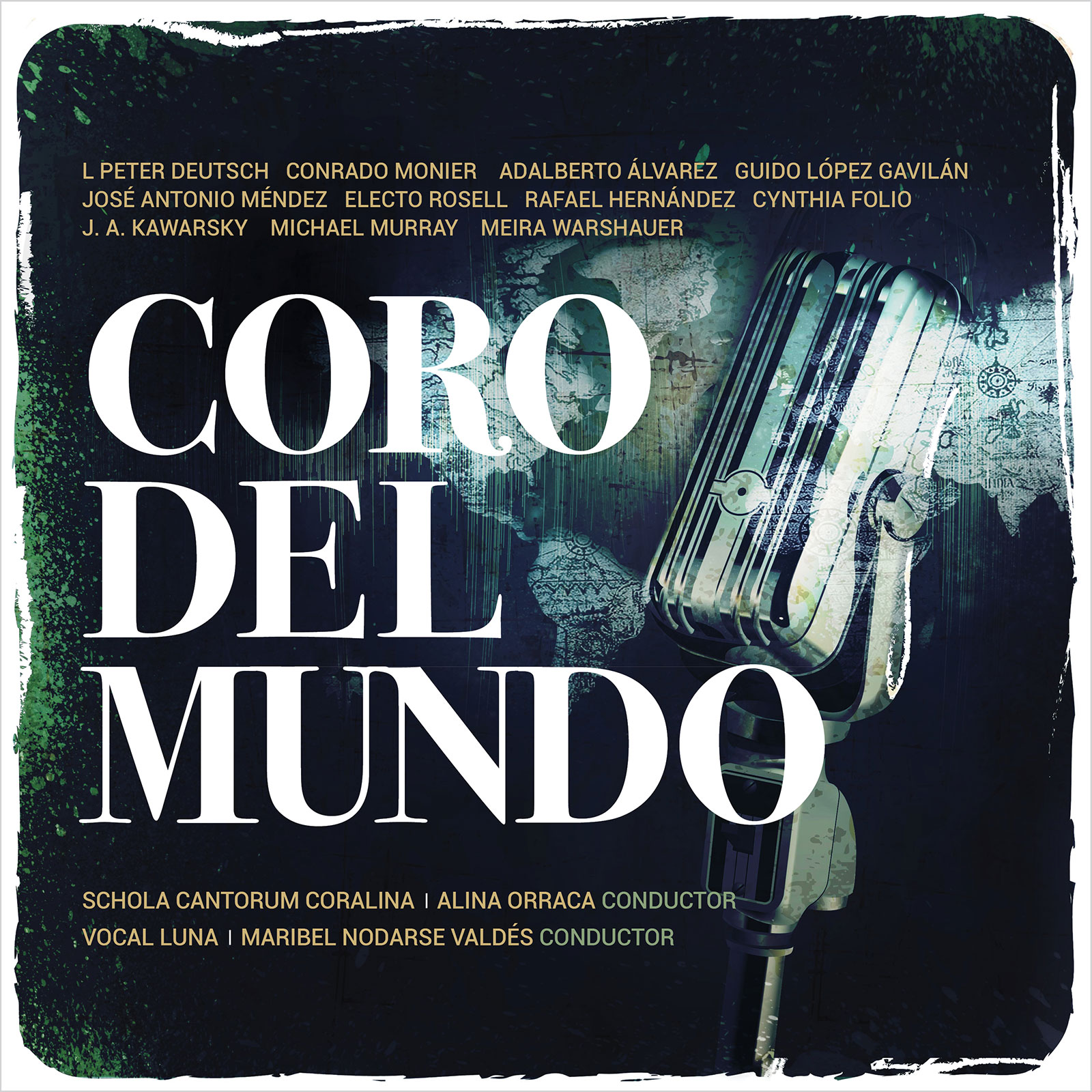
Share Album:
Coro Del Mundo
L Peter Deutsch composer
Conrado Monier composer
Adalberto Álvarez composer
Guido López Gavilán composer
José Antonio Méndez composer
Electo Rosell composer
Rafael Hernández composer
Cynthia Folio composer
J. A. Kawarsky composer
Michael Murray composer
Meira Warshauer composer
Schola Cantorum Coralina | Alina Orraca conductor
Vocal Luna | Maribel Nodarse Valdés conductor
Continuing in the series of Cuban recorded Ansonica Records projects comes CORO DEL MUNDO – choir of the world. With tracks ranging from sacred to secular, and from delicate to aggressive, the surprising cohesiveness of the composers’ work is astonishingly beautiful and impassioned. Schola Cantorum Coralina and Vocal Luna contribute exquisite vocals to the proceedings.
L Peter Deutsch’s Dance to the Revolution, takes inspiration from the writing of Emma Goldman. Goldman was one of the seminal writers and activists in the development of early-20th-century anarchist thought. The composer explains, “what drew me to her writing was her inclusion of interpersonal relationships, not only political or economic ones, in the vision of ideal society.”
Deutch’s Where Everything is Music transports the listener to Havana. Deutsch notes: “The lyrics for “Where Everything is Music” are excerpted from a poem by Rumi, the 13th-century Persian poet and mystic, in the classic and well-loved translation by Coleman Barks. As with much of Rumi’s writing, the text asks us to recognize the greater reality of the spiritual compared with the physical world. I intend this piece, like some of my other work for voice and a single instrument, to be more of a dialogue between the chorus and the instrument than for “accompanied chorus.”
Schola Cantorum Coralina is featured on Canto del Bongó, Qué Rico É, and Gozando En La Habana. Conrado Monier’s Gozando En La Habana received mention in the Choral Music Contest sponsored by the Cuban Agency of Musical Copyright (ACDAM) and the Cuban Music Institute. Monier’s second composition on CORO DEL MUNDO, Gozando En La Habana (Enjoying Havana), is an a capella tour de force effortlessly conjuring up the sights and sounds of the City of Columns.
Cuban composer and conductor Guido López-Gavilán’s Qué Rico É! is a shimmering choral mambo that leaves the listener breathless with the incomparable speed and precision of Schola Cantorum Coralina.
Vocal Luna’s contribution to CORO DEL MUNDO is profound. On Cemento Ladrillo Y Arena, Murmullo, and Silencio their voices range from brassy brilliance to delicate, angelic whispers. Nowhere is this more apparent than their performance of Cynthia Folio’s four-part piece At the Edge of Great Quiet. The emotion they bring to each movement sits right at the surface of this elegiac composition.
J.A. Kawarsky’s Sacred Rights, Sacred Song also shines with Vocal Luna’s participation. Sacred Rights, Sacred Song, a multi-movement piece, envisions Israel as a healthy Jewish democracy in which the spiritual civil rights of all Jews are protected; Judaism is expressed and celebrated freely and equally by men and women and in its myriad forms of observance; and matters of personal status and spirit are governed by a public Jewish Law that welcomes vibrancy and creativity.
Michael Murray’s El Lunar (The Mole), based on a poem by Juan Clemente Zenea, depicts the adoration of a beautiful woman. Caminando (Walking), based Nicolás Guillén’s poem focuses on the extreme poverty and scarcity faced by many Cubans in the 1930’s. The extraordinary desperation and bleakness Guillén depicts is emphasized by the implication of cannibalism toward the end of the piece. Both of Murray’s pieces are lush with solemn, hypnotic tone.
Meira Warshauer’s We Are Dreamers is an adaptation of the Jewish psalm Shir Hamalot (A Song of Ascents). In ancient times, the Shir Hamalot was sung as Jews walked into Jerusalem for festival holidays. Today it is most commonly chanted as part of the Birkat Hamazon (Grace After Meals) on Shabbat. Schola Cantorum Coralina takes this ancient psalm and, with Warshauer’s expansive, dreamlike arrangement, creates a wonderous, at times trance-like atmosphere.
With its blend of religious and cultural influences, CORO DEL MUNDO is proof that different faiths and beliefs can sit together comfortably at the same musical table.
Listen
Stream/Buy
Choose your platform
Track Listing & Credits
| # | Title | Composer | Performer | |
|---|---|---|---|---|
| 01 | Dance to the Revolution | L Peter Deutsch arr. Dayron Ortega Guzmán | Vocal Luna | Maribel Nodarse Valdés, conductor; Vilma Sofía Garriga Comas, piano; Eduardo Silveira, percussion, Lázaro “El Fino” Rivero, double bass | 3:23 |
| 02 | Where Everything Is Music | L Peter Deutsch arr. Dayron Ortega Guzmán | Vocal Luna | Maribel Nodarse Valdés, conductor; Vilma Sofía Garriga Comas, piano; Eduardo Silveira, percussion, Lázaro “El Fino” Rivero, double bass | 4:32 |
| 03 | Canto del Bongó | Conrado Monier | Schola Cantorum Coralina | Alina Orraca, conductor; David Delgado Ruíz, tenor soloist | 3:09 |
| 04 | Gozando en la Habana | Adalberto Álvarez arr. Conrado Monier | Schola Cantorum Coralina | Alina Orraca, conductor; David Delgado Ruíz, tenor soloist | 3:06 |
| 05 | Qué Rico É! | Guido López Gavilán | Schola Cantorum Coralina | Alina Orraca, conductor; Karen Cruz Atín, soprano soloist | 4:49 |
| 06 | Cemento Ladrillo y Arena | José Antonio Méndez arr. Yanier Hechavarría | Vocal Luna | Maribel Nodarse Valdés, conductor | 4:03 |
| 07 | Murmullo | Electo Rosell arr. Conrado Monier | Vocal Luna | Maribel Nodarse Valdés, conductor | 2:49 |
| 08 | Silencio | Rafael Hernández arr. Wilma Alba Cal | Vocal Luna | Maribel Nodarse Valdés, conductor | 3:24 |
| 09 | At the Edge of Great Quiet: I. Roads | Cynthia Folio | Vocal Luna | Maribel Nodarse Valdés, conductor; Vilma Sofía Garriga Comas, piano | 1:27 |
| 10 | At the Edge of Great Quiet: II. There Were Suddenly Two Stones | Cynthia Folio | Vocal Luna | Maribel Nodarse Valdés, conductor; Vilma Sofía Garriga Comas, piano | 1:45 |
| 11 | At the Edge of Great Quiet: III. On a Day of White Trees | Cynthia Folio | Vocal Luna | Maribel Nodarse Valdés, conductor; Vilma Sofía Garriga Comas, piano | 3:14 |
| 12 | At the Edge of Great Quiet: IV. Out of Wind, Out of Sun | Cynthia Folio | Vocal Luna | Maribel Nodarse Valdés, conductor; Vilma Sofía Garriga Comas, piano | 1:19 |
| 13 | Sacred Rights, Sacred Song: I. Mujer Rezando en la Pared | J. A. Kawarsky | Vocal Luna | Maribel Nodarse Valdés, conductor; Vilma Sofía Garriga Comas, piano; Abiel Chea Guerra, percussion | 3:07 |
| 14 | Sacred Rights, Sacred Song: II. Nuestra Oración Sagrada | J. A. Kawarsky | Vocal Luna | Maribel Nodarse Valdés, conductor; Vilma Sofía Garriga Comas, piano; Abiel Chea Guerra, percussion | 3:55 |
| 15 | Sacred Rights, Sacred Song: III. Nuestra Sagrada Canción | J. A. Kawarsky | Vocal Luna | Maribel Nodarse Valdés, conductor; Vilma Sofía Garriga Comas, piano; Abiel Chea Guerra, percussion | 3:53 |
| 16 | Caminando | Michael Murray | Schola Cantorum Coralina | Alina Orraca, conductor; Joanne de la Torre Corpas, soprano soloist | 3:55 |
| 17 | El Lunar | Michael Murray | Schola Cantorum Coralina | Alina Orraca, conductor | 4:33 |
| 18 | We Are Dreamers | Meira Warshauer | Schola Cantorum Coralina | Alina Orraca, conductor; Flavia Méndez Pérez, clarinet; Vilma Sofía Garriga Comas, piano; Asaf Roth Dumbek, vibraphone & sleigh bells, Abiel Chea Guerra, percussion | 9:39 |
Dance To The Revolution
Recorded 11/14/2017 at Abdala 1 in Havana Cuba
Original music by L Peter Deutsch
Words by Emma Goldman, public domain
Where Everything Is Music
Recorded 11/14/2017 at Abdala 1 in Havana Cuba
Words of “Where Everything is Music” Copyright (c) 1995 by Coleman Barks. All rights reserved.
Canto del Bongó
Recorded 11/17/2017 at Abdala 1in Havana Cuba
Gozando en la Habana
Recorded 11/17/2017 at Abdala 1in Havana Cuba
Qué rico é!”
Recorded 11/17/2017 at Abdala 1in Havana Cuba
Cemento Ladrillo y Arena
Recorded 11/17/2017 at Abdala 1in Havana Cuba
Murmullo
Recorded 11/17/2017 at Abdala 1in Havana Cuba
Silencio
Recorded 11/17/2017 at Abdala 1in Havana Cuba
At The Edge of Great Quiet
Recorded 11/15/2017 at Abdala 1 in Havana Cuba
Sacred Songs
Recorded 11/13/2017 at Abdala 1 in Havana Cuba
Caminando & El Lunar
Recorded 11/16/2017 at Abdala 1 in Havana Cuba
We Are Dreamers
Recorded 11/15/2017 at Abdala 1 in Havana Cuba
Recording Session Engineer Avi Ein Zur
All Tracks
Recording Session Producer Dayron Ortega Guzmán
Recording Session Co-Producer Bob Lord
Recording Session Engineer José Raúl Varona
Executive Producer Bob Lord
Executive A&R Sam Renshaw
A&R Chris Robinson, Brandon MacNeil
Audio Director Jeff LeRoy
Editing & Mixing Lucas Paquette
Mastering Shaun Michaud
Design & Marketing Director Brett Picknell
Design Emily Roulo
Artist Information
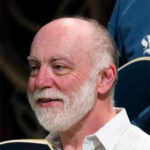
L Peter Deutsch
L Peter Deutsch is a native of Massachusetts, now living in Sonoma County CA and British Columbia, Canada. His early music education included performance and composition for voice, piano, and recorder. He received his M.A. degree in composition in 2011, studying with Frank La Rocca.
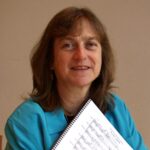
Cynthia Folio
Cynthia Folio (b. 1954) is a composer, music theorist, and flutist. As a young flute player and army brat, her main inspiration came from her studies at the Panama Conservatory in the1960’s; there she studied with Eduardo Charpentier (first flutist in the Panama Symphony) and had rigorous studies in solfege. She received her Ph.D. in music theory and Performers Certificate in flute from the Eastman School of Music, where she studied composition with Joseph Schwantner and flute with Bonita Boyd; Robert D. Morris advised her dissertation on the music of Schwantner. From 1980 to 1990, she taught music theory and flute at Texas Christian University and played in the Fort Worth Symphony. She now serves as Professor and Chair of Music Studies in the Boyer College at Temple University, where she was honored with the Creative Achievement Award in 2012 and the Lindback Award for Distinguished Teaching in 1994.

J. A. Kawarsky
Dr. J.A. Kawarsky (b. 1959) is Professor of Music Theory and Composition at Westminster Choir College of Rider University in Princeton in NJ. Dr. Kawarsky received his B.M. in composition from Iowa State University and his M.M. and D.M.A. from Northwestern University. At Northwestern he studied with John Paynter, Alan Stout, and Frederick Ockwell. In 1982, Dr. Kawarsky conducted the Opera Company of the Negev Region in Be’er Sheva in Israel. Before coming to Westminster in 1989, he taught at Fort Hays State University, the University of Wisconsin, and Moraine Valley Community College.
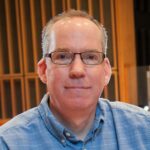
Michael Murray
The music of composer Michael Murray (b. 1964) has been described as “well crafted,” “expertly and adroitly handled,” and consisting of “pleasing washes of sounds and tone colors.” Reviewers have praised his writing for voice as “excellent,” “lovely,” and “a gift to singers.” In addition to works for the concert hall, he has written music for film, theater productions, dance, and visual arts installations. He currently lives in Springfield, Missouri, where he teaches composition and music theory at Missouri State University.
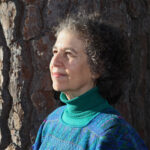
Meira Warshauer
Meira Maxine Warshauer’s music has been performed to critical acclaim throughout North America and Europe, as well as in South America, the Middle East, and Asia. Her musical palette is wide, ranging from traditional Jewish prayer modes to minimalist textures with rich melodic contours, and from joyful jazz-influenced rhythms to imaginative orchestrations of the natural world. At its core, it expresses her personal spiritual journey. As Ina Esther Joost, principal cellist with Jerusalem Symphony, observes, Meira’s music comes from a place which is beyond music. It is like a prayer from deep within the soul[and] it always evokes deep responses from the listeners.

